Tea eggs, a beloved snack in many Asian cultures, are created by simmering eggs in a flavorful broth infused with soy sauce, spices, tea leaves, and aromatics. The resulting eggs, with their marbled patterns and savory taste, are a staple in street markets, homes, and restaurants. Yet, a common question arises among home cooks and food enthusiasts: Can the broth used to make tea eggs be reused or reboiled without compromising safety or flavor? This article delves into the scientific, culinary, and practical aspects of reboiling tea egg broth, exploring topics such as food safety, nutrient degradation, flavor preservation, and sustainable cooking practices. By examining expert opinions, cultural traditions, and laboratory studies, we aim to provide a definitive answer to this query while offering actionable advice for home cooks.
The Science Behind Reboiling Broth: Microbial Risks and Chemical Changes
When broth is boiled, it undergoes physical and chemical transformations that affect its safety and quality. The primary concern with reboiling tea egg broth is the potential proliferation of harmful microorganisms. While boiling initially kills most bacteria, spores, and pathogens, reheating does not eliminate toxins produced by certain bacteria, such as Bacillus cereus or Staphylococcus aureus, which can survive cooking temperatures. If the broth is left at room temperature for extended periods, these toxins may accumulate, posing health risks even after reboiling.

Temperature and Time: The U.S. Department of Agriculture (USDA) recommends storing perishable foods, including broths, at temperatures below 40°F (4°C) to inhibit bacterial growth. If tea egg broth is refrigerated promptly after use, it can typically be reused within 2–3 days. However, repeated reheating and cooling cycles may degrade the broth’s integrity, as fluctuations in temperature can create an environment conducive to microbial survival.
Chemical Degradation: Prolonged boiling or reboiling can alter the broth’s chemical composition. For instance, amino acids from proteins (such as those in soy sauce or tea leaves) may react with sugars through the Maillard reaction, producing bitter or burnt flavors. Additionally, tannins in tea leaves can become over-extracted, leading to astringency. Spices like star anise, cinnamon, and cloves may lose their aromatic complexity, resulting in a flat, one-dimensional taste.
Nutritional Considerations: Benefits vs. Drawbacks
Tea egg broth is rich in antioxidants from tea polyphenols, minerals like potassium and magnesium from spices, and protein from soy sauce. Reboiling, however, can reduce the nutritional value of these components.
Antioxidant Stability: Green and black tea polyphenols, such as catechins, are sensitive to heat and prolonged exposure to oxygen. Studies published in the Journal of Food Science suggest that reboiling tea-infused liquids can degrade up to 30% of these antioxidants within three heating cycles. While the remaining polyphenols still offer health benefits, the loss may concern those relying on tea eggs for their antioxidant intake.
Sodium Content: Soy sauce, a key ingredient in tea egg broth, is high in sodium. Reboiling concentrates the broth, increasing its sodium density. For individuals monitoring their salt intake, this could lead to hypertension or water retention if consumed regularly.
Protein Denaturation: Eggs themselves are a complete protein source, but the broth’s protein content is minimal. Reboiling does not significantly affect protein quality in the broth, though overcooked eggs may become rubbery if simmered for too long.
Flavor Evolution: Balancing Depth and Bitterness
One of the joys of tea eggs is their complex flavor profile, which develops over hours of simmering. The initial boil mellows the sharpness of spices, mellows tea tannins, and melds soy sauce’s umami with aromatic compounds. Reboiling, however, can shift this balance.
Spice Intensity: Star anise, cinnamon, and Sichuan peppercorns release their essential oils during the first boil. Reheating the broth may not extract additional flavor from these spices but could intensify bitterness if the spices are left in the liquid. To mitigate this, many chefs recommend straining the broth after the first use and discarding whole spices.
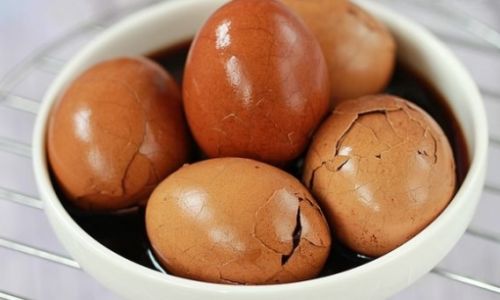
Tea Tannins: Black tea, commonly used in tea egg recipes, contains tannins that contribute to the broth’s astringency. Over-extraction during reboiling can make the liquid bitter. Lighter teas, such as oolong or green tea, are less prone to this issue but may lose their floral or grassy notes when reheated.
Umami Enrichment: Soy sauce and fermented ingredients like doubanjiang (chili bean paste) add depth to the broth. Reboiling can concentrate these flavors, creating a richer, more savory liquid. However, this enrichment must be balanced against the risk of oversalting or overpowering delicate ingredients.
Cultural Practices: Tradition vs. Modernity
In many Asian households, reusing broth is a time-honored tradition rooted in frugality and sustainability. Grandmothers and home cooks often stretch a single pot of broth over multiple meals, infusing it with new ingredients each time. For example, in Taiwanese night markets, vendors might reuse tea egg broth for days, continuously adding eggs and spices to maintain flavor.
Regional Variations:
- China: In some provinces, tea egg broth is reused for stir-fries or noodle dishes, where its concentrated flavor enhances other components.
- Japan: Chashu (braised pork) broth, similar in concept to tea egg liquid, is frequently reboiled with new ingredients to create layered flavors.
- Vietnam: Trà Trứng (Vietnamese tea eggs) sometimes incorporate coconut water or pandan leaves, which impart sweetness that can mask bitterness upon reboiling.
Modern Adaptations: Contemporary chefs often balance tradition with safety. Some recommend reducing the broth to a concentrate and freezing it in ice cube trays, allowing for controlled portion reuse. Others advocate using a fresh batch of spices and tea with each reboil to maintain flavor integrity.
Practical Guidelines for Reusing Tea Egg Broth
For those eager to reduce waste without compromising safety, here’s a step-by-step approach:
- Immediate Cooling: After the initial boil, transfer the broth to a shallow, airtight container and refrigerate within two hours. Avoid leaving it at room temperature, as this accelerates bacterial growth.
- Strain and Skim: Remove whole spices, tea leaves, and any eggshell fragments before storing. This prevents bitterness and impurities from lingering.
- Label and Date: Use masking tape to note the date of preparation. Discard unused broth after three days.
- Reheating Technique: When reboiling, bring the broth to a rolling boil for at least two minutes to kill pathogens. Avoid partial reheating, as this creates temperature zones where bacteria can thrive.
- Flavor Adjustments: If the broth tastes flat, add a splash of fresh soy sauce, a new star anise pod, or a pinch of five-spice powder to revive its complexity.
- Limit Reboils: For optimal safety and flavor, reuse the broth no more than twice. After the third boil, discard it and start fresh.
Environmental and Economic Benefits
Reusing tea egg broth aligns with global sustainability goals, such as reducing food waste and lowering carbon footprints. A 2021 study by the Food and Agriculture Organization (FAO) estimated that food waste accounts for 8–10% of global greenhouse gas emissions. By extending the life of broth, home cooks can minimize their contribution to this crisis.
Cost Savings: A single batch of tea egg broth (using 8 cups of water, ¼ cup soy sauce, and 2 tablespoons of spices) costs approximately $1.50 to prepare. Reusing it twice effectively reduces the cost per use to $0.50, making it an economical choice for budget-conscious households.
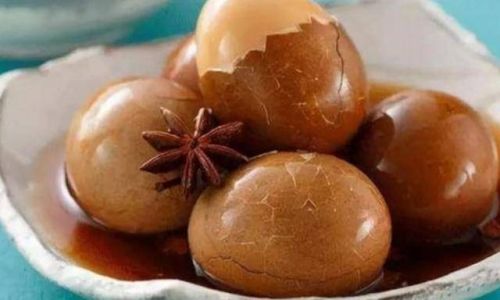
Water Conservation: In drought-prone regions, reusing broth conserves water. The average tea egg recipe requires 2–3 boils; reusing the liquid once saves 4–6 cups of water per batch.
When to Avoid Reboiling: Signs of Spoilage
Despite best practices, reboiled broth can sometimes spoil. Watch for these red flags:
- Foul Odor: A sour, metallic, or rancid smell indicates bacterial activity.
- Cloudiness: Fresh broth is typically clear; milky or絮状物 (floating particles) suggest contamination.
- Off Flavors: If the broth tastes excessively salty, bitter, or “flat,” it may have oxidized or lost its aromatic compounds.
- Mold Growth: Fuzzy patches in refrigerated broth are a definite sign of spoilage.
Alternative Uses for Leftover Broth
If reboiling isn’t an option, repurpose the broth creatively:
- Marinades: Use it to tenderize and flavor meats or tofu.
- Rice Cooking: Substitute water with broth for aromatic, savory rice.
- Soup Bases: Add vegetables, noodles, or leftover proteins for a quick meal.
- Sauces: Reduce the broth by half and thicken with cornstarch for a glaze.
Conclusion: A Balanced Approach to Reboiling
The question of whether tea egg broth can be reboiled hinges on balancing tradition, safety, and flavor. While reboiling is culturally endorsed and environmentally beneficial, it requires strict adherence to food safety guidelines. By refrigerating promptly, straining thoroughly, and limiting reuse to two cycles, home cooks can enjoy the depth of reboiled broth without health risks.
Modern kitchens may opt for hybrid methods, such as freezing broth concentrates or infusing fresh spices with each use. Ultimately, the decision to reboil rests on individual priorities: those prioritizing sustainability may embrace reuse, while flavor purists might prefer fresh batches. Regardless of the choice, tea eggs remain a testament to the art of slow cooking—a humble snack imbued with centuries of culinary wisdom.
In the end, the answer to whether tea egg broth can be reboiled is a resounding yes—provided it’s done with care, knowledge, and a dash of common sense.
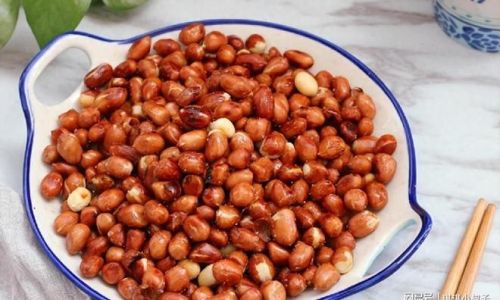
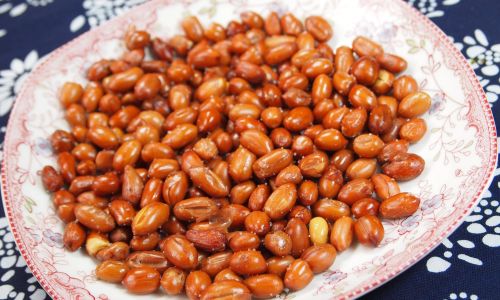
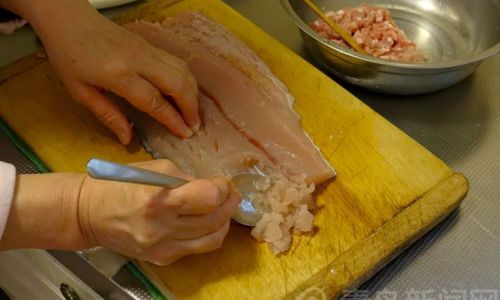
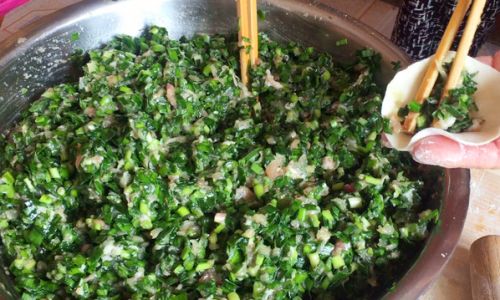
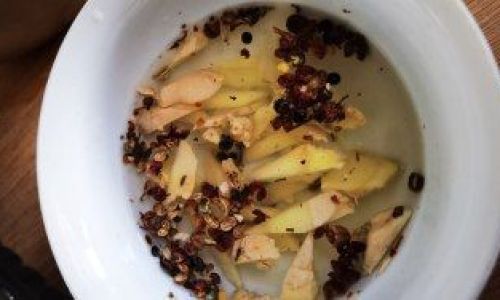
0 comments